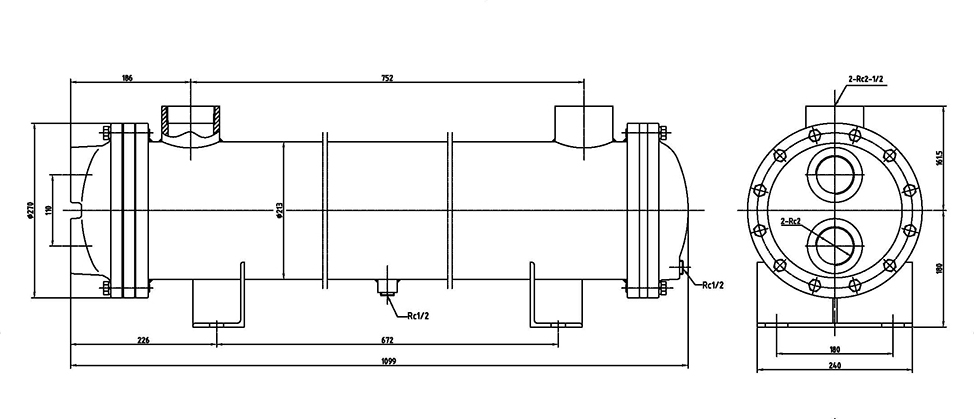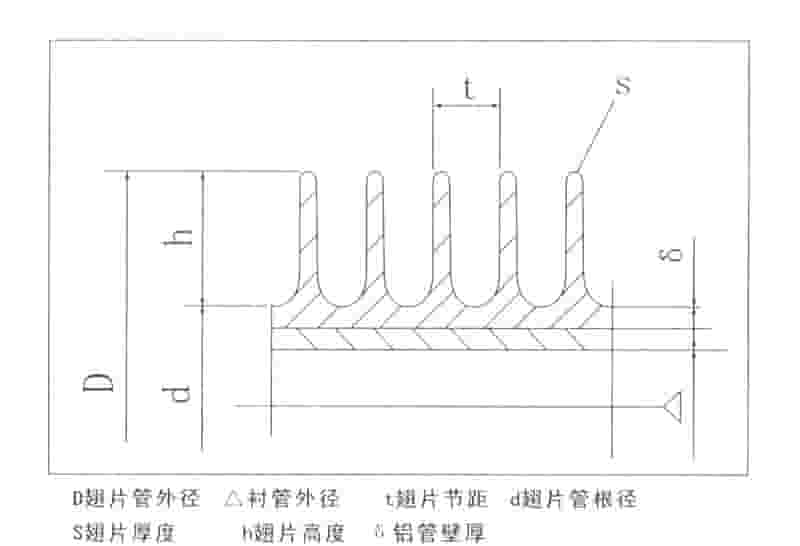Introduction
In the ever-evolving landscape of technology and industry, efficient thermal management has become a critical consideration.
Heat dissipation is a challenge encountered in various applications, from electronics and aerospace to renewable energy systems.
One technology that has gained significant attention for its effectiveness in tackling this challenge is the heat pipe.
This article delves into the efficiency of heat pipes in thermal management, examining their principles, applications, and the reasons behind their effectiveness.

Understanding Heat Pipes
A heat pipe is a passive heat transfer device that operates on the principles of phase change and thermodynamics.
Its fundamental mechanism involves the transfer of heat through the evaporation and condensation of a working fluid.
The heat pipe consists of a sealed, evacuated tube containing the working fluid.
At the hot end, the fluid absorbs heat and evaporates, transforming into vapor.
The vapor then travels to the cold end, where it releases heat, condenses back into liquid, and returns to the hot end through capillary action or gravity.

Applications in Thermal Management
Heat pipes have found versatile applications in various industries due to their exceptional heat transfer capabilities and efficiency.
One of the primary sectors where heat pipes have made a significant impact is electronics.
In modern electronic devices, the miniaturization of components has led to increased heat generation within confined spaces.
Heat pipes provide an efficient solution by rapidly transferring heat away from heat-generating components, preventing overheating and ensuring optimal performance and reliability.
Aerospace and Beyond
Beyond electronics, aerospace is another domain benefiting from the efficiency of heat pipes.
Spacecraft, satellites, and even interplanetary rovers often operate in extreme thermal conditions, where temperature differentials between the sunlit and shaded sides can be drastic.
Heat pipes help maintain stable operating temperatures by equalizing heat distribution and dissipating excess heat.
This technology has extended the lifespan and functionality of many space missions.

Renewable Energy Systems
In the realm of renewable energy, heat pipes play a crucial role in enhancing energy efficiency.
Solar thermal systems, which convert sunlight into heat for various applications, utilize heat pipes to transfer collected solar heat to the desired locations effectively.
Heat pipes ensure that heat is transported to where it’s needed most, whether it’s for heating water, powering turbines, or supporting industrial processes.
Efficiency Factors
The efficiency of heat pipes arises from several factors.
First, their passive operation requires no external power source, reducing operational complexities.
Additionally, the phase change mechanism ensures rapid heat transfer over longer distances than traditional conductive methods.
This makes them highly effective in situations where heat needs to be transported across considerable gaps.

Challenges and Considerations
While heat pipes offer remarkable benefits, their effectiveness can be influenced by various factors.
The choice of working fluid, wick structure, and overall design must align with the specific application’s requirements.
Operating conditions, such as temperature range and gravitational forces, also play a role. In some cases, issues like non-condensable gases forming in the system can hamper their performance.
Therefore, a comprehensive understanding of the technology and its intricacies is essential for successful integration.

Conclusion
As technology continues to advance, the demand for efficient thermal management solutions becomes more pressing.
Finned Tubes have emerged as a versatile and effective tool in this field, offering rapid, passive, and reliable heat transfer capabilities.
Their impact spans across industries, from electronics to aerospace and renewable energy.
With the ongoing refinement of materials and designs, heat pipes are poised to remain at the forefront of thermal management strategies, ensuring the optimal performance and longevity of various systems and applications.
